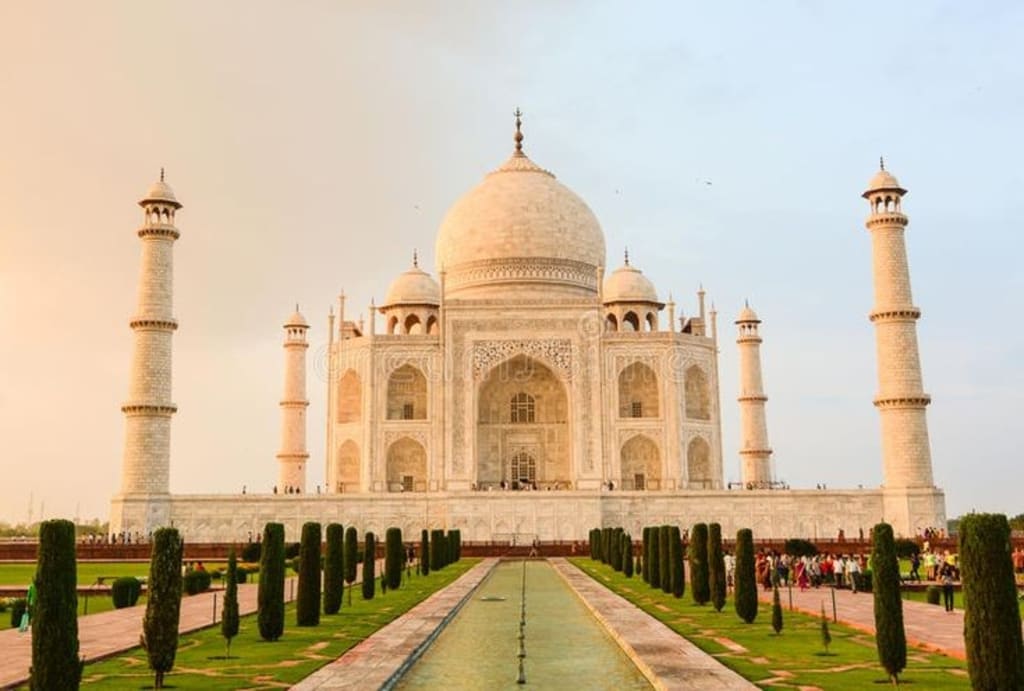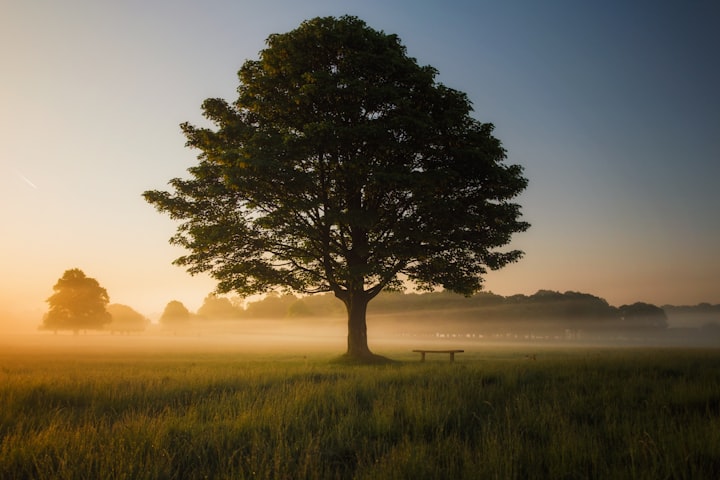
The story of the Taj Mahal revolves around the deep and enduring love between the Mughal Emperor Shah Jahan and his beloved wife Mumtaz Mahal. Shah Jahan, born in 1592 as Prince Khurram, became the fifth ruler of the Mughal dynasty. He ascended the throne in 1628 after a series of power struggles within the imperial family.
Shah Jahan's life took a romantic turn when he met Mumtaz Mahal, whose birth name was Arjumand Banu Begum. Mumtaz was the niece of Empress Nur Jahan and married Shah Jahan in 1612. The couple shared an extraordinary bond, and Mumtaz became Shah Jahan's trusted confidante and advisor. Over the years, she bore him fourteen children.
In 1631, tragedy struck when Mumtaz Mahal died while giving birth to their fourteenth child. Distraught by the loss of his beloved wife, Shah Jahan was consumed by grief. Legend has it that on her deathbed, Mumtaz asked Shah Jahan to fulfill four promises: to build the Taj Mahal, to remarry, to be kind to their children, and to visit her tomb on her death anniversary.
Fulfilling the first promise, Shah Jahan commissioned the construction of the Taj Mahal, an exquisite white marble mausoleum in Agra. The Taj Mahal, completed in 1653, is a testament to Shah Jahan's undying love for Mumtaz. The symmetrical masterpiece is adorned with intricate carvings, calligraphy, and precious gemstones, reflecting the grandeur of Mughal architecture.
Unfortunately, Shah Jahan's later years were marked by tragedy and political turmoil. His son Aurangzeb, driven by a quest for power, imprisoned Shah Jahan in the Agra Fort. From there, Shah Jahan gazed at the Taj Mahal until his death in 1666. He was buried beside Mumtaz in the Taj, their eternal resting place symbolizing the culmination of a love story that transcended time.
The Taj Mahal stands today as a UNESCO World Heritage Site and one of the Seven Wonders of the World, a lasting testament to the enduring love between Shah Jahan and Mumtaz Mahal.
The love story of Shah Jahan and Mumtaz Mahal is one of the most celebrated tales of romance in history. Shah Jahan, born as Prince Khurram, and Mumtaz Mahal, originally named Arjumand Banu Begum, shared a deep and enduring connection.
Their love story began when Prince Khurram first met Arjumand, who was part of the entourage of Empress Nur Jahan. Khurram was struck by her beauty and intelligence, and over time, their fondness for each other grew. However, it was not until 1612 that they were officially married when Khurram became Emperor Shah Jahan.
Mumtaz Mahal became Shah Jahan's trusted confidante and advisor. She accompanied him on military campaigns and played a significant role in his decision-making process. The emperor had a deep appreciation for Mumtaz's wisdom and sought her counsel on various matters.
Tragedy struck in 1631 when Mumtaz Mahal died while giving birth to their fourteenth child. Devastated by her death, Shah Jahan was consumed by grief. It is said that Mumtaz, on her deathbed, asked Shah Jahan to fulfill four promises: to build the Taj Mahal, to remarry, to be kind to their children, and to visit her tomb on her death anniversary.
In honor of Mumtaz Mahal and as an expression of his undying love, Shah Jahan commissioned the construction of the Taj Mahal. The breathtaking mausoleum stands as a symbol of their eternal bond. Shah Jahan spared no expense in creating a monument that would be a testament to the beauty of Mumtaz and the depth of their love.
The Taj Mahal, with its intricate architecture and timeless beauty, is often regarded as one of the greatest symbols of love in the world. Shah Jahan's devotion to Mumtaz Mahal, reflected in the creation of this monumental structure, continues to captivate hearts and minds, making their love story legendary.
Architecture :
The Taj Mahal, a masterpiece of Mughal architecture, is renowned for its exquisite design, symmetrical layout, and intricate details. Here's a brief explanation of its architectural features:
1. **Main Structure:**
- The main structure of the Taj Mahal is a white marble mausoleum situated on the southern bank of the Yamuna River in Agra, India.
- It consists of a central dome, four minarets, and a surrounding symmetrical complex.
2. **Dome:**
- The central dome is perhaps the most iconic feature. It is large and bulbous, rising to a height of around 73 meters (240 feet).
- The dome is adorned with a finial, a crescent moon topped by a trident, symbolizing the blend of Persian and Indian architectural styles.
3. **Minarets:**
- Four minarets stand at each corner of the Taj Mahal's plinth, providing balance and framing the main structure.
- Each minaret is about 40 meters (130 feet) tall and is designed to lean slightly outward to prevent them from collapsing onto the main tomb in case of an earthquake.
4. **Symmetry and Layout:**
- The Taj Mahal is renowned for its perfect symmetry. The entire complex is laid out symmetrically along a central axis, dividing the gardens, reflecting pools, and main structure into identical halves.
- The use of axial symmetry is a hallmark of Mughal architecture.
5. **Decorative Elements:**
- The façade of the Taj Mahal is adorned with intricate carvings and calligraphy, featuring passages from the Quran and ornate floral designs.
- Pietra dura, an inlay technique using precious and semi-precious stones, is extensively used to create delicate and intricate patterns on the marble surface.
6. **Gardens and Water Features:**
- The Taj Mahal is surrounded by a vast charbagh, or Mughal garden, divided into four quadrants by water channels.
- Reflecting pools enhance the symmetry and provide stunning reflections of the main structure.
7. **Materials:**
- The primary construction material is white Makrana marble, which was transported from Rajasthan. The white marble gives the Taj its distinctive luminous appearance.
- Red sandstone is also used in the construction of the Taj Mahal's base and some decorative elements.
8. **Architectural Style:**
- The architectural style of the Taj Mahal is a fusion of Persian, Islamic, and Indian influences, showcasing the cultural and artistic richness of the Mughal Empire.
The Taj Mahal's architectural magnificence has made it an enduring symbol of love and a UNESCO World Heritage Site, attracting millions of visitors from around the world.





Comments
There are no comments for this story
Be the first to respond and start the conversation.